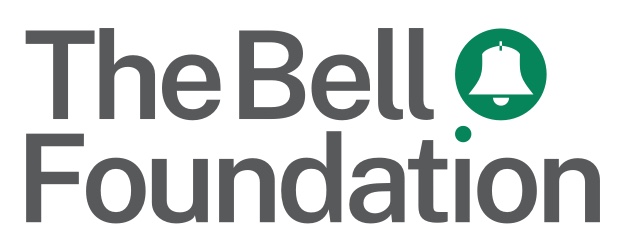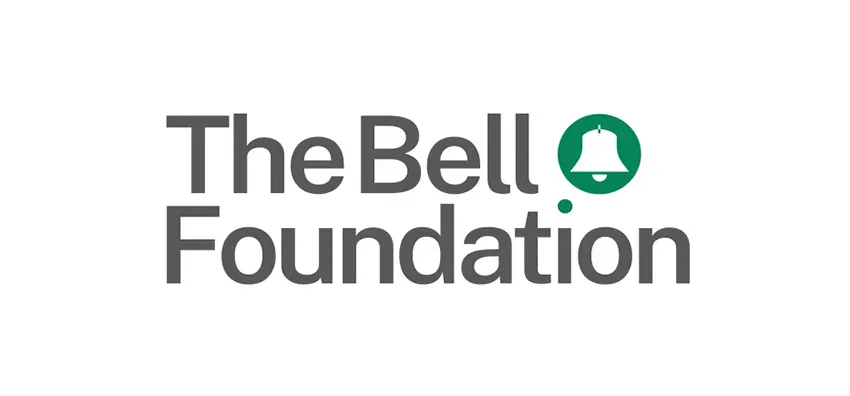 The Bell Foundation joined the #naldic30 conference as one of our Gold Sponsors. This guest post is an advertisement.
The Bell Foundation joined the #naldic30 conference as one of our Gold Sponsors. This guest post is an advertisement.
The Bell Foundation – offering a wide range of free guidance and resources for the classroom to promote the effective teaching and learning of pupils who use English as an Additional language.
Featured strategy: Using Dual Coding with Multilingual Learners
Dual coding is the process of providing learners with verbal and visual materials at the same time, providing multilingual learners an accessible way into even the most complex curriculum content. Research suggests that when a teacher shares visual and verbal explanations simultaneously, learners are more likely to process the knowledge and retain that knowledge more effectively (Mayer & Anderson, 1991).
 However, simply pasting engaging images on PowerPoint slides or providing visual word mats is not considered dual coding. For dual coding, the visual being used must line up with the concept being taught, for example, using a visual alongside a well-crafted teacher explanation.
However, simply pasting engaging images on PowerPoint slides or providing visual word mats is not considered dual coding. For dual coding, the visual being used must line up with the concept being taught, for example, using a visual alongside a well-crafted teacher explanation.
For multilingual learners, overly detailed photographs and videos may be less effective in dual coding as they hold too much background information which can be overwhelming. In fact, images that do not clearly represent the concept can be more of a distraction and lead to further mental overload. Instead, visuals for dual coding should be simple and clear with little background information. Only one or two images should be used at a time.
Teachers can also draw and label visual representations before or during an actual verbal explanation. They should not worry about artistic skills as dual coding is more about illustrating information clearly, not artistically. Designing or sourcing visual images and labels should occur during lesson planning to ensure that the visual and verbal input match appropriately. There are times, however, when spontaneous drawing alongside verbal input can be useful, especially with learners using EAL.
Learning materials can be visually represented in many ways such as graphic organisers, flow charts, diagrams, cartoon strips, editable timelines and infographics. Below is a list of ways in which teachers can extend learning and encourage learners to demonstrate understanding through dual coding visuals even if they are new to English.
- Encourage learners to translate the labels on visuals into their home language.
- Ask learners to discuss the visual representations with a partner who shares a common home language before or after the lesson.
- Remove the labels and ask learners to fill them back in using either English or their home language.
- Use the visual as a reference point throughout the lesson or unit.
- Use the visual to prepare for speaking and writing activities.
- Encourage learners to create their own visual representation of a concept and compare their visual with other pupils’ visual representations.
- Use the visual as a pre-reading task or as a platform from which to better analyse texts.
- Encourage learners to use the visual as part of creating a bilingual glossary or dictionary
- Deconstruct the image and ask learners reassemble it in the correct order.
It may take time initially to find or create a meaningful visual, but the impact on learning is considerable and the images collected one year can be reused at another time. Further information on how to use visuals and graphic organisers can be found on the Great Ideas page on The Bell Foundation’s website.
Written by Sheila Hopkins, Trainer for the Bell Foundation
The Bell Foundation joined the #naldic30 conference as one of our Gold Sponsors. This guest post is an advertisement.


